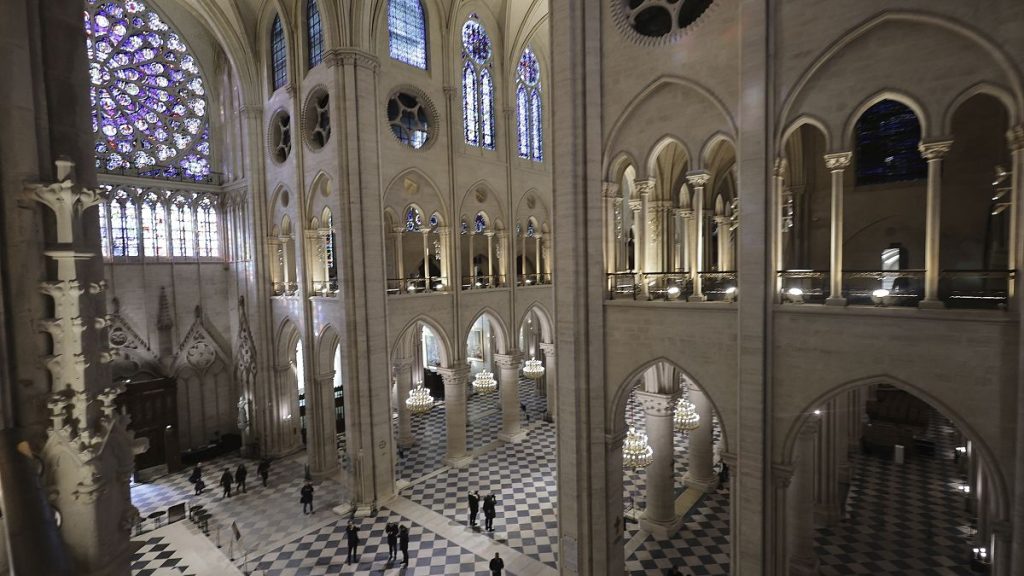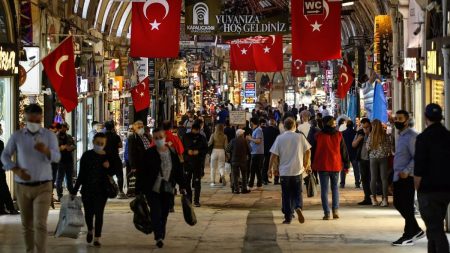After more than five years of extensive reconstruction work following the devastating fire in April 2019, Notre Dame Cathedral in Paris has unveiled its restored facade to the public. The fire, which significantly damaged the historic structure, prompted an outpouring of support and donations aimed at funding the restoration. The French government and various organizations mobilized resources to ensure that the iconic cathedral could be restored to its former glory. The unveiling event was marked by a visit from French President Emmanuel Macron, reflecting the significance of the cathedral to French culture and heritage.
The restoration efforts have been a monumental task, involving thousands of workers, craftsmen, and artisans dedicated to preserving the intricate details and historical integrity of Notre Dame. The reconstruction team faced numerous challenges, including sourcing materials that matched the original stone and wood. They utilized traditional methods and techniques to ensure authenticity while also implementing modern safety standards. The process highlighted not just the architectural and artistic significance of the cathedral but also the importance of preserving cultural landmarks for future generations.
During Macron’s visit, he expressed deep gratitude for the relentless efforts of everyone involved in the restoration project. He emphasized the emotional and spiritual connection that the cathedral holds for the French people and the global community. The President’s visit was symbolic, underscoring the resilience and unity of the nation in the face of adversity. He articulated a vision for Notre Dame not only as a religious site but as a cultural beacon representing France’s artistic legacy.
The restoration of Notre Dame has also sparked discussions surrounding the future of heritage conservation. Experts and historians have weighed in on the need for balancing authenticity with contemporary needs, especially in the context of such significant historical architecture. The project serves as a case study in how societies can navigate the complexities of restoring buildings that hold immense cultural significance while adapting to modern usage and preservation techniques.
As the facade of Notre Dame is revealed, it signals a return to normalcy for the Parisian community and tourists alike. The cathedral, a UNESCO World Heritage site and one of the most visited landmarks in the world, is expected to reopen for public visits soon, drawing countless visitors eager to experience its grandeur once more. This reopening symbolizes hope and renewal, not only for Paris but for cultural heritage globally as communities work to restore their own historic sites.
In conclusion, the restoration of Notre Dame Cathedral is a testament to the power of collaboration and dedication in heritage conservation. The project encapsulates a shared commitment to preserving cultural icons that define national identities and foster community pride. As Notre Dame reclaims its place on the Paris skyline, it serves as a reminder of the enduring nature of historical landmarks and their capacity to inspire and unite people across generations.














